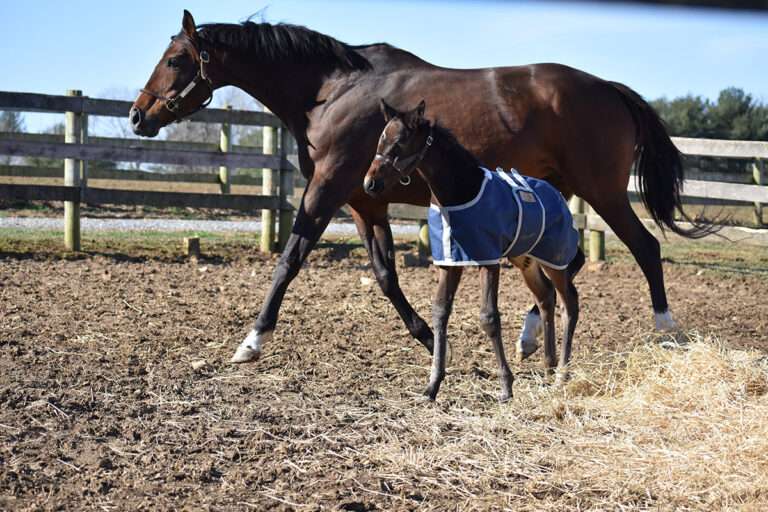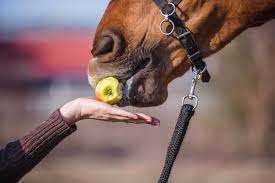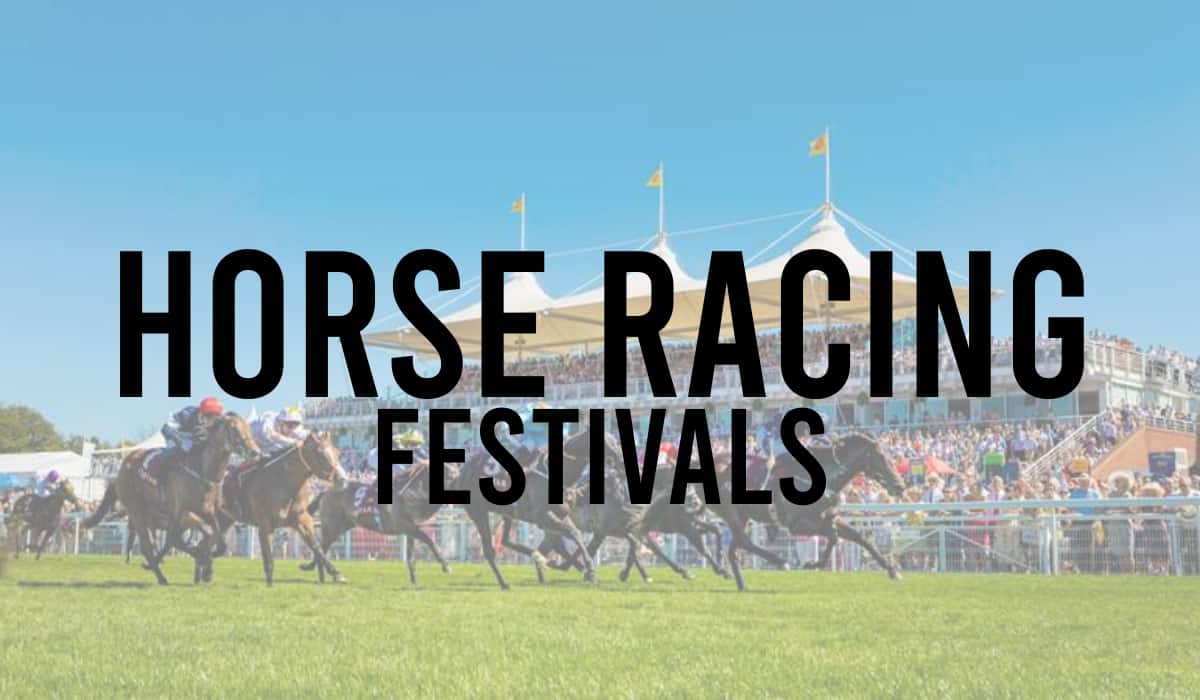Horse racing is a thrilling feat of athleticism, and a jaw-dropping, captivating event—but a race is nothing without the proper horses. If you’ve ever wondered why only certain horses race and others don’t, the answer is the breed.
For those new to the world of horse racing, it’s helpful to understand the two main horse racing breeds: Standardbreds and Thoroughbreds. While you’ve likely heard these terms thrown around the track, it may have left you wondering what they actually entail, from physical traits to racing style.
Strong, sturdy, and dependable, Standardbred horses are considered “standard” for a reason. This North American breed is powerful and resilient, named for meeting a certain standard of trotting speed (one mile in under two minutes). Standardbred horses are actually descended from one horse, Hambletonian 10, an English Thoroughbred descendant. In the early 19th century, breeders chose to create a new generation of horses with Hambletonian’s powers—and the Standardbred horse was born. Since Standardbred horses descend from one horse and must meet trotting standards, they possess similar qualities.
- Long and low bodies
- Powerful hindquarters
- Heavy bones
- Large hooves
- Thick hair
- Height of 15 to 16 hands (60 to 64 inches)
- Weight of 900 to 1,000 pounds
Sleek, slim, and agile, the Thoroughbred is a longtime beloved horse breed. In 17th-century England, Thoroughbreds were considered the forefathers of Standardbred horses and other modern breeds.
- Byerly Turk (imported in 1689)
- Darley Arabian (imported after 1700)
- Godolphin Barb (imported circa 1730)
Thoroughbreds were selected to have these qualities:
- High and short bodies
- Sleek and lean builds
- Broad chests
- Small hooves
- Thin hair
- Height of 16 hands (64 inches)
- Weight of 1,000 pounds
Standardbred horse racing
- Harness racing – A Standardbred horse is built for harness racing. In this race, a horse pulls a two-wheeled cart (known as a sulky) with a driver guiding them from the cart [3]. The stamina and power needed for harness racing suit the Standardbred’s burly build. While drivers have no weight limit, they are often in athletic shape.
- Trotting – The origins of Standardbred horses are in trotting. With bodies low to the ground, this breed sets a steady, yet quick, pace in racing.
- Long races – If you’re embarking on a long race, then a Standardbred can trot you across the finish line. Most harness races are a mile long. A standarbred’s muscular, stockier build is made to endure these longer distances. In fact, their endurance often leads to longer racing careers, even into their teenage years.
- Pacing – When it comes to their gait, Standardbreds can either be pacers or trotters. In the US, pacers make up 80-90% of harness racing. As opposed to trotters, pacers move their legs laterally, that is, their left front and hind legs together and their right front and hind legs together. This makes them faster and able to accelerate more quickly, and they are less likely than trotters to break stride.
Thorougbred horse racing
- Flat racing – Thoroughbreds are built for flat racing, carrying a lighter load across the finish line. In flat racing, a jockey rides the horse’s mount on a saddle and urges them to victory with subtle cues [3]. Jockeys are lighter and slimmer in nature, sticking to professional limitations on their weight.
- Galloping – Like lightning on the track, Thoroughbreds can explode into bursts of speed. With lighter bodies and longer legs, they succeed in sprint-like races that require intense galloping.
- Short races – For a short-distance race, call on Thoroughbreds. While they can’t sprint for miles, they can reach exhilarating speeds in short races that edge out other breeds. However, the intensity of flat racing for Thoroughbreds can be tiring, leaving them with shorter racing careers.



